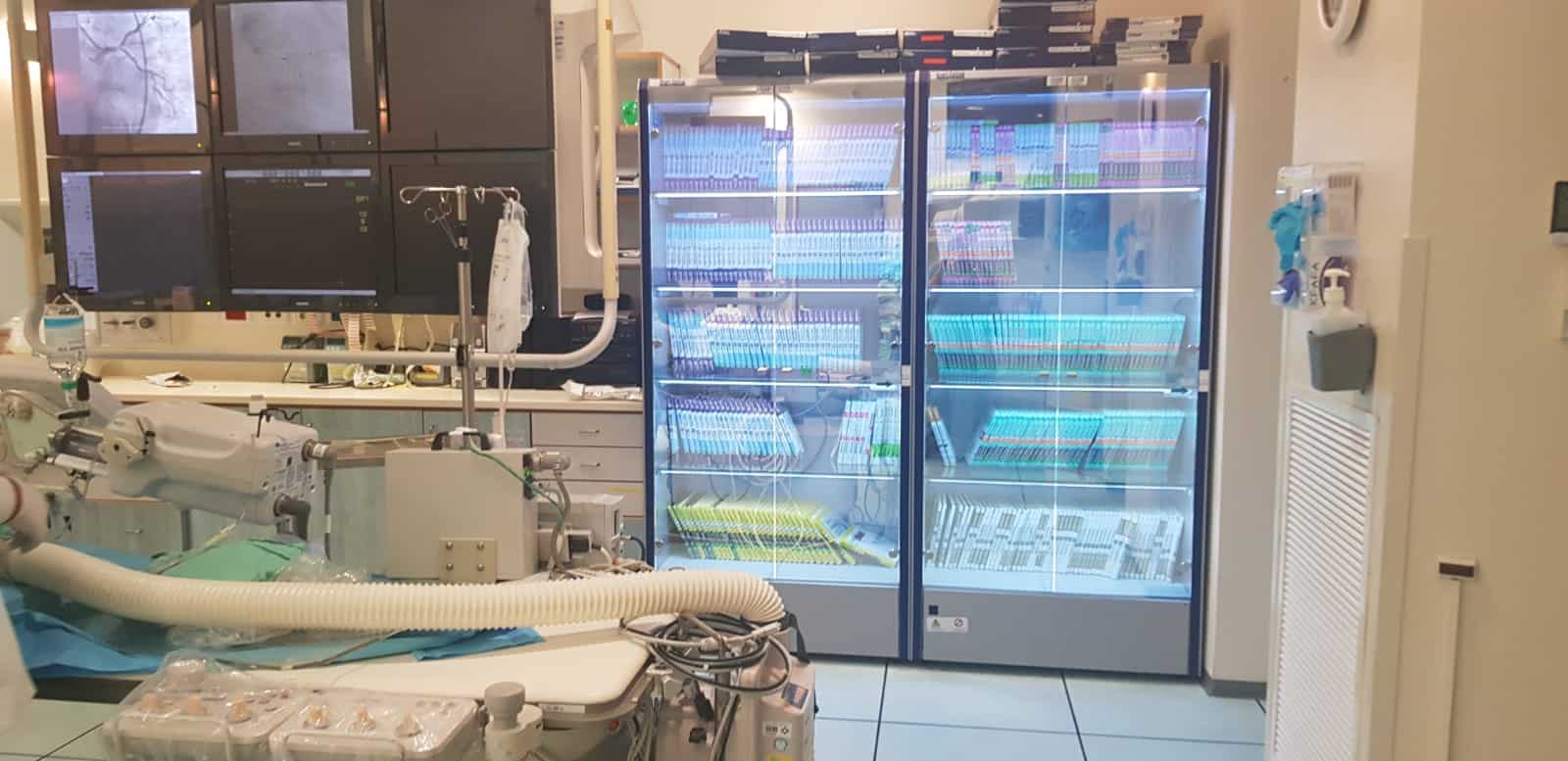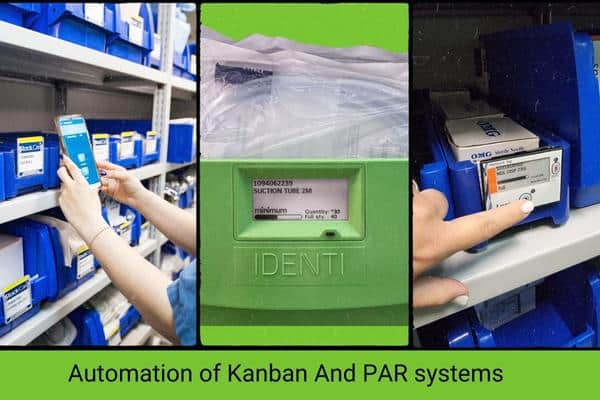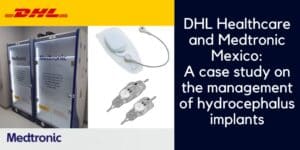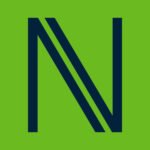What’s inside:
2022 has been a challenging year for healthcare providers. We take a look at some of the difficulties they have faced, and how healthcare technology is increasingly being used as a channel for change.
Our focus will be on the management of medical inventory in the surgical suite. Read on to look at the role technology is playing in the fight-back against 2022’s healthcare challenges:
- New labor-saving tools are helping perioperative teams to cope with staff shortages
- Improved medical inventory visibility is leading to streamlined clinical and supply chain workflows and better materials management
- Labor-intensive medical supplies management can now be easily transformed into an automated system – and it’s a game-changer.
- New healthcare technology is adding speed and accuracy to the recording of surgical data at the point of care.
- Data insights are underpinning supply chain planning and decision-making – driving through supply chain efficiencies
The impact of nursing staff shortages
Following on from the ‘Great Resignation’ and a flurry of early retirements, organizations have struggled to recruit staff. Despite higher salaries and improved benefits packages, many hospitals remain understaffed, resulting in depleted nursing teams that are being pushed to the limit.
There is recognition that healthcare providers need to tackle nurse retention alongside recruitment. This will involve improving the day-to-day experience of nurses on the front line.
Nurse burn-out is now a frequently cited phenomenon, prompting hospitals and surgery centers to look at leveraging technology to support to the clinical team.
Healthcare leadership may not have a magic wand to increase the workforce, but there are ways to lighten the workload.
HealthTech Solution: Nurse-centric technical tools lead to leaner, more efficient workflows that free nurses up to focus on patient care. The right healthcare technology minimizes the time nurses spend on mundane supply chain tasks, taking pressure off the team and improving morale.
Giving clinical staff medical inventory visibility
Nurses are in charge of managing hospital medical inventory behind the red line, but often this task is impeded by the limited inventory information available to them.
When nurses gain access to healthcare inventory management software, they get visibility of both the inventory at hand, and orders on the system.
Gaining visibility of medical inventory in clinical areas is of great benefit to nurses and can literally save them hours of time every day.
The software that comes with automated RFID cabinets, for example, facilitates the instant location of products, and puts an end to the frantic, daily hunt for stock items. In addition to putting an end to ‘stock hunting’, smart RFID cabinets can also negate the need for regular inventory checks.
A good system will report on items nearing their expiry date, enabling nurses to prioritize soonest-to-expire item for usage, which prevents high wastage costs. RFID smart cabinets can also flag up recalled products that are still in stock, so that these can be removed.
System alerts on unsafe stock prevent the accidental usage of expired or recalled items, which can have catastrophic patient safety implications. An automated ‘warning system’ takes the pressure off nurses and provides a safety net that prevents ‘never events‘.
HealthTech Solution: An RFID smart cabinet with AI powered managing software ensures accurate stock visibility, with the added bonus of metrics, reports and data insights. A good system will provide visibility to both internal and external stakeholders, adding trust and transparency to the medical inventory supply chain.

The Importance of surgical data capture
One common frustration for Circulating Nurses is the Electronic Health Record (EHR) – updating the system can be a cumbersome task, involving long, inefficient workflows.
Circulating Nurses need to document usage during surgery, and it is crucial that they accurately record every reportable item consumed. This data is vital for many reasons, including patient safety, charge capture, regulatory compliance and inventory management. But achieving full data capture at the point of care doesn’t always run smoothly:
- Most point-of-use data capture tools fail to routinely record all items during surgery
- Stock items may have barcode readability issues.
- Items may be successfully scanned but fail to record all the required information
- The hospital’s Item Master may be out of date, so the item is not recognized when scanned
- Non-stock items such as trunk stock, consignment and substitutes will not in the system
Due to the limitations of many perioperative data capture solutions, nurses often end up with a pile of packaging that needs to be recorded after the surgery has ended.
The EHR interface is far from intuitive – longwinded workflows cause frustration and ‘click fatigue’, plus waste valuable time that takes nurses away from direct patient care.
But there is a better way.
Nurse-centric technical tools are now being introduced into the surgical setting that can streamline workflows, improve POU data-capture and automate charting – all of which goes a long way to reducing nurse frustration.
New point of use data capture technology simplifies surgical data capture. Finally, a point of use data capture tool that does what it’s supposed to do – delivering full data capture at the point of care, putting an end to post-surgery admin.
HealthTech Solution: A brand-new point of use data capture tool that uses a combination of image recognition, AI and machine learning technology is heralding a new era of instant charting. The surgical data capture solution results in accurate charting, 100% utilization and full charge capture.

Automating medical supplies management
The management of bulk medical supplies has traditionally been a very time-consuming and labor-intensive process.
Many hospitals have a two-bin Kanban or PAR level system. Both of these rely upon inventory checks and manual counts. In addition to a labor-intensive process for logistics staff, nurses also get dragged into supply chain admin.
Despite all the frantic activity, it’s impossible to keep up with stock levels. PAR level systems are known to be hard to moniter accurately.
The data collected is out of date within minutes, and materials managers have to resort to guesswork when reordering items.
2-Bin Kanban automation tools, and autonomous PAR bins are now available. These add precision to materials management by providing real-time data, so that restocks are timely and accurate.
Automation reduces the pressure on logistics staff, minimizing inventory rounds and reducing the involvement of nurses.
HealthTech Solution: Par level and two-bin Kanban automation tools are now available and can make use of existing bins and room layout. A good, automated Kanban and PAR solution will be connected to a management system that will capture data, automate restocks and provide data analytics.

The role of supply chain data in improved performance
One of the biggest healthcare trends in 2022 was the leveraging of digital technology in order to add speed, accuracy and efficiency to healthcare management.
Integration is another a key theme, with healthcare providers looking at interoperability between systems.
Data is proving to be a crucial element in the fight to improve performance.
Informed management relies upon timely and accurate information. Therefore, a priority for many healthcare providers in 2023 is the digitization of data points across the organization, preventing data gaps and inaccuracies.
But it’s not just about data collection, the best inventory management software ensures that stock data is analyzed. Artificial intelligence and machine learning are being used to interpret historical data, identify patterns and predict future trends. These vital data insights help hospitals to forward plan, based on full, accurate data.
Many hospitals and ambulatory surgery centers have experienced reduced and even negative margins in 2022. Data can have a significant impact on identifying potential cost-savings, reducing wastage and streamlining the supply chain.
When medical inventory supply chain decisions are based on complete and correct data, it results in:
- Reductions in costs
- Reductions in wastage
- Consolidated orders
- A reduced, balanced inventory
- A streamlined supply chain.
Data is the secret weapon that healthcare providers can use to boost performance and tackle tough margins.
HealthTech Solution: Healthcare providers need to look past the hardware, and fully understand the deliverables of the supporting software. Cloud software platforms are growing in popularity and are providing added sophistication to management information. It is this data that has the power to transform healthcare providers into leaner organizations with lower costs, streamlined processes and reduced waste.

Turning 2022’s challenges into 2023’s strengths
Individuals and organizations grow by meeting their challenges head-on.
Technology is providing easy-to-implement data sensing solutions that are designed for the surgical setting and is enabling healthcare providers to tackle their inefficiencies and improve performance.
After a challenging 2022, many hospitals and surgery centers are implementing health technology which will strengthen their performance in 2023.
Contact us for a chat or demo – to see how we can improve your efficiency in 2023.








